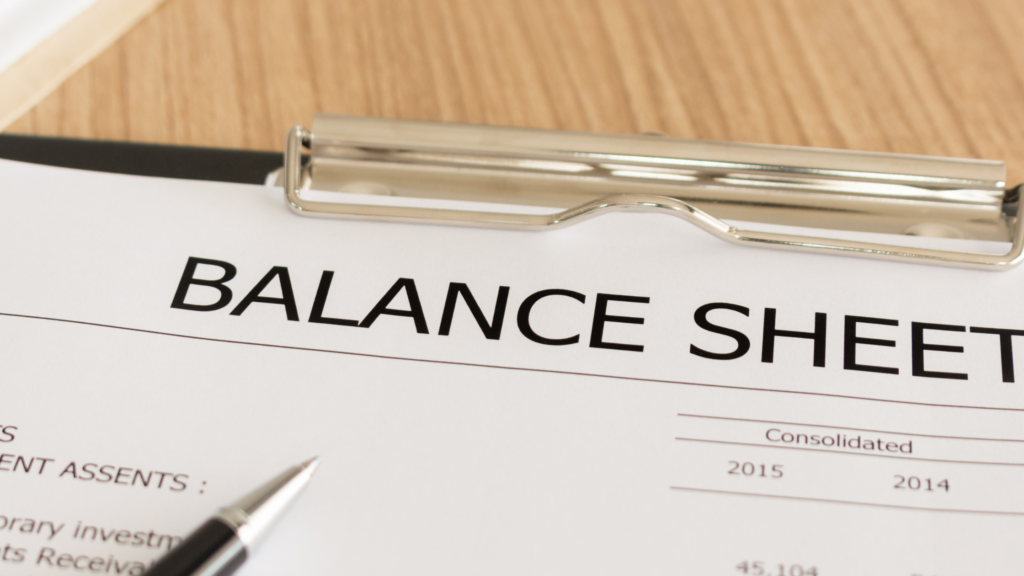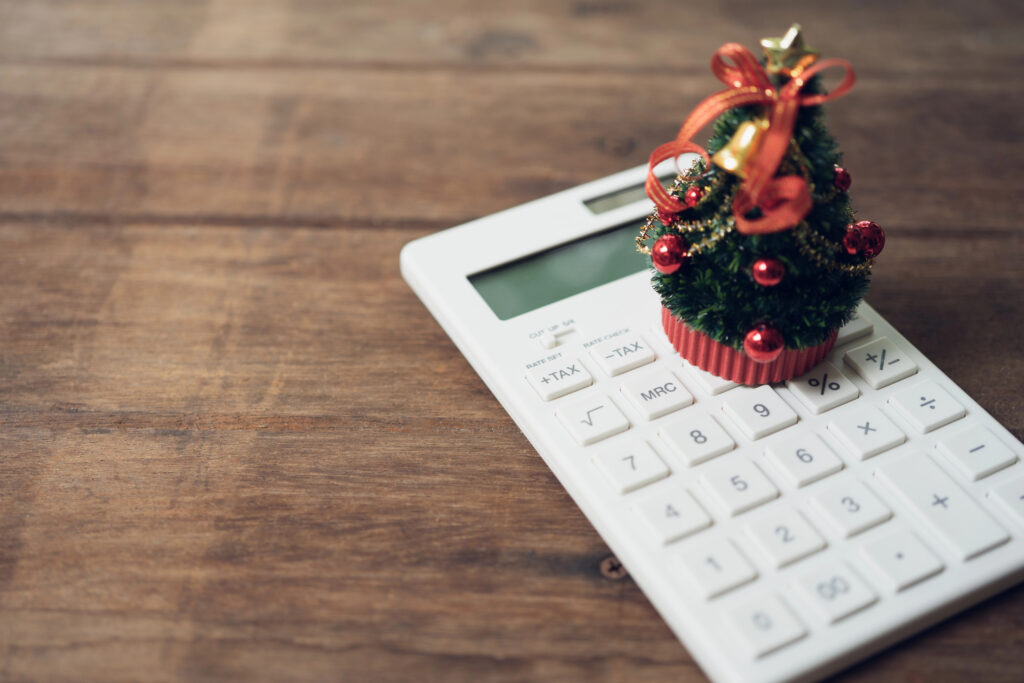Your favorite number on the balance sheet might just be Cash. It’s easy to understand and something every business has. But there is a more meaningful number, at least in the long-term sense, and that’s equity. Below, Your Favorite Orange County Bookkeeper takes a deep dive into the equity section of the balance sheet.
The Equity Section
As a reminder, the balance sheet has three major sections: assets, liabilities, and equity. When it comes to equity, the accounts that are displayed are dependent on the type of entity of your business. Your business could be a sole proprietorship, a partnership, a corporation, or something else. In this article, we will be focusing on equity in a corporation. Every corporation should have at least three equity accounts.
1. Stock
This account should reflect the amount of stock issued by the corporation. The amount and price of each share is usually spelled out in the Articles of Incorporation, the initial legal document of the corporation. For example, if the amount of shares the corporation can issue is 100,000, and they have a par value of $.01, then your stock account balance should be $1,000, which was paid in by cash by the corporation’s owner(s). This account might also be named Capital Stock, Common Stock, or something similar. This account’s balance typically doesn’t change much over time for a small business. It’s only when new stock is purchased (issued), sold, retired or repurchased (by the corporation) that the account
will see changes.
2. Additional Paid in Capital (APIC)
Additional Paid in Capital occurs when investors and business owners pay in more than the par value price of stock. The balance represents the difference between what owners/investors paid into the company and the par value of the company stock.
3. Retained Earnings
Retained Earnings is where the action is and is an important number to understand. It’s the accumulated earnings of the company less any dividends paid to shareholders. For a small business, retained earnings will change once a year at the end of the fiscal year when net profit (or loss) from the current year is rolled into the retained earnings account. At this time, all of the income and expense accounts are zeroed out to start over for the new year, and the balance (which is profit or loss) is added (or subtracted, in the case of loss) to retained earnings. Your accounting system automatically does this for you, and you can check it out by running a balance sheet as of the last day of your fiscal year, then running a balance sheet on the following day – the first day on the next fiscal year and comparing what changed. You can reconcile retained earnings by adding up all of your profits and losses for each year you are in business. Then subtract any dividends paid throughout the years, and you should come out with your retained earnings balance. You can have a negative retained earnings balance. The retained earnings number is a measure of the long-term value of the business. It also plays a
large role in determining your basis, or investment, so to speak, in the company, which is used for tax purposes. An S Corporation will have an additional fourth account in its Equity section.
4. Distributions
Distributions represent the money that the S Corporation owner has taken out of the business. This money is over and above the salary that is paid to the owner. It must be tracked for tax purposes, which is why it has a separate account on the balance sheet. In simple terms, distributions are generally not taxable as long as the owner has enough basis to cover them. In this way, distributions are different from dividends that are issued in C Corporations, since they are taxable.
Last, if you run a balance sheet report in your accounting system on any date during the year, you may see an additional account:
5. Current Year Earnings
This is the sum of all of your income and expense accounts. It should be the same number as net profit or loss on your income statement from the beginning of the year to your balance sheet date. On a formal balance sheet for external purposes, this number is rolled into the retained earnings account.
The equity section can be the most difficult section to understand on the balance sheet. Hopefully, the explanation above will provide a bit more clarity as well as shine a light on the significance of the retained earnings balance. As always, Your Favorite Orange County Bookkeeper is here to help you with any accounting questions.




